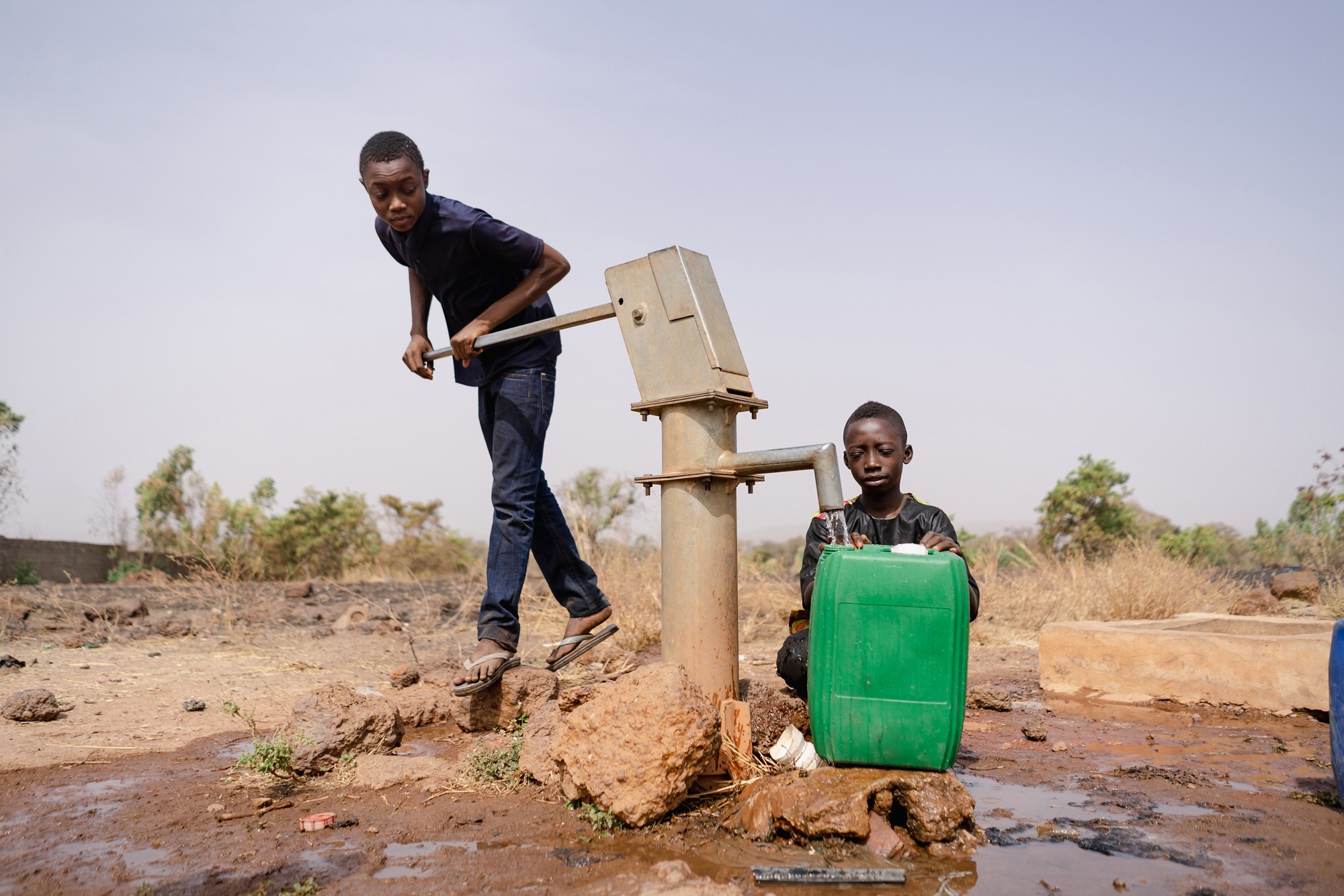Drylands face acute challenges of water scarcity, high climate variability, and land degradation, placing the food security and livelihoods of more than two billion people at risk.
Covering over 40 percent of the Earth’s land surface, they demand responses that balance urgent development needs with fragile ecosystems.
This evaluation reviews how GEF has invested—11 percent of GEF-4 to GEF-7 financing—in sustainable dryland management.


Evaluation overview
- Dryland projects delivered satisfactory outcomes at rates comparable to the overall portfolio, but sustainability is harder to secure.
- Key barriers include mismatched national and local policies, unclear land and resource rights in communally managed areas, limited attention to water scarcity and drought in project design, and reliance on short project cycles and follow-on donor funding.
- The report recommends strengthening subnational policy coherence, embedding land tenure and conflict resolution in design, balancing synergies with trade-offs, and improving monitoring with biophysical indicators.
Methodology
The evaluation covers 195 dryland projects using portfolio review, geospatial analysis, six country case studies in Azerbaijan, Chile, Ethiopia, Malawi, Niger, and Uzbekistan, survey data, and stakeholder interviews.





